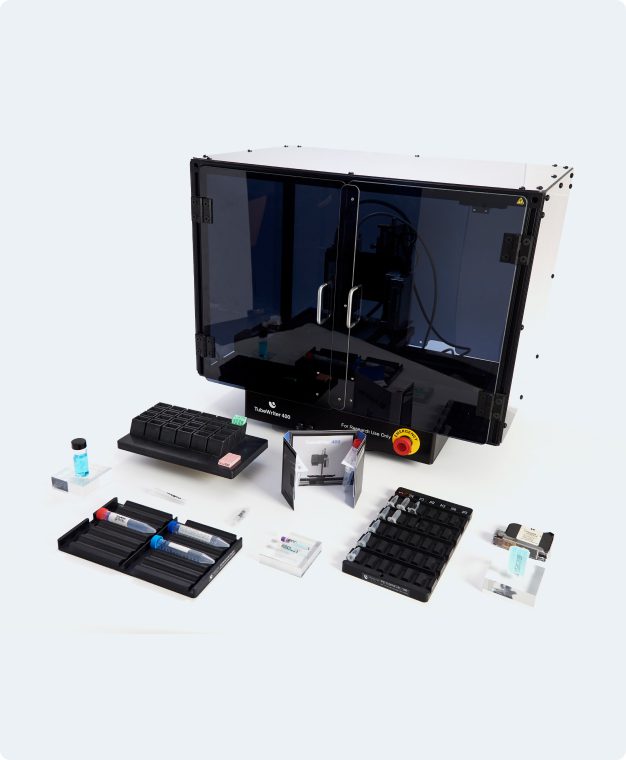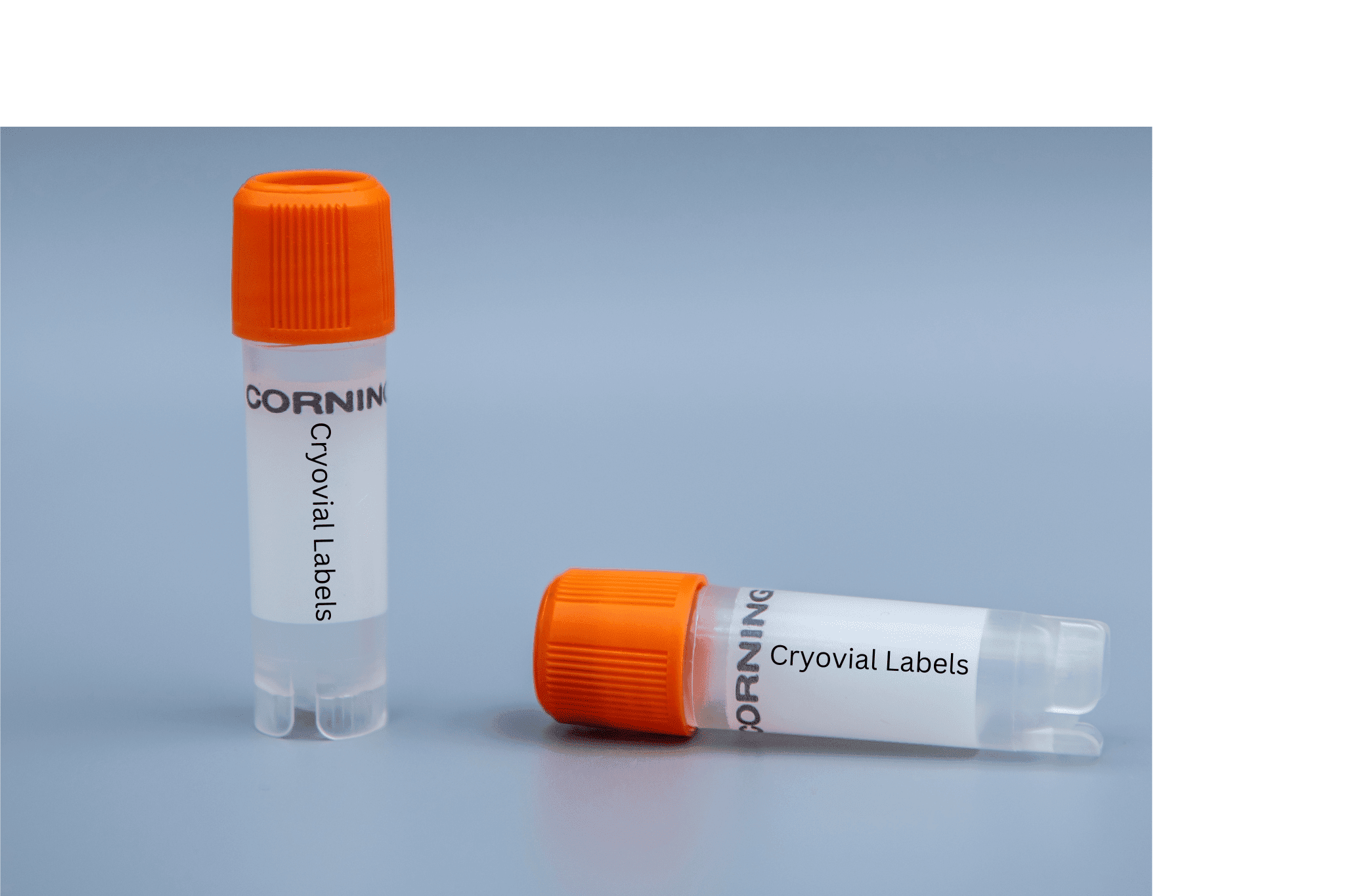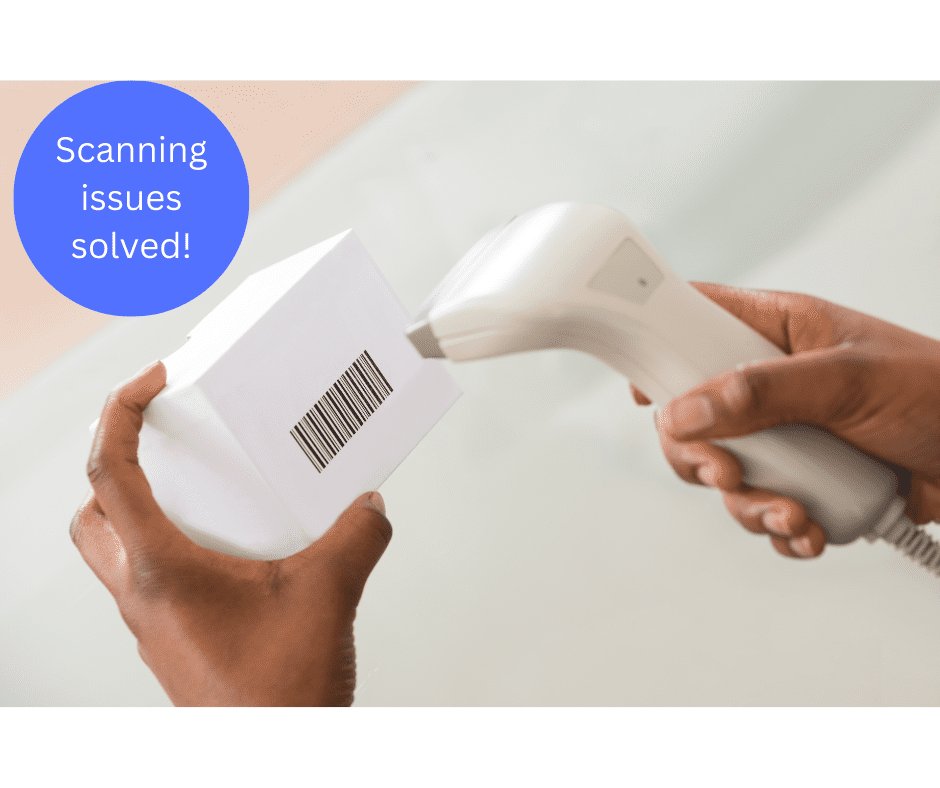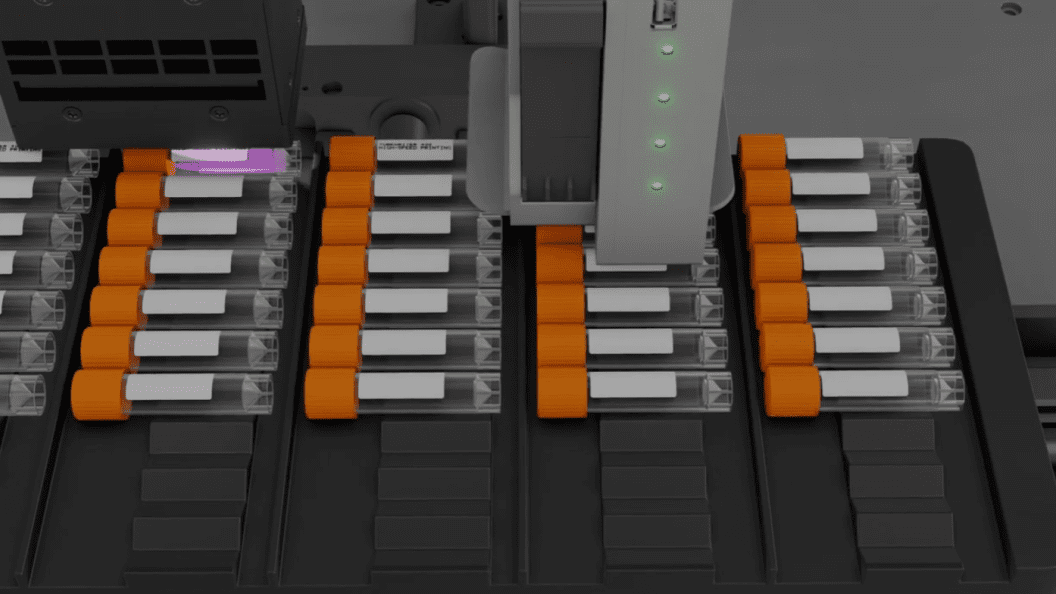Preserving biological evidence is one of the most important priorities for a forensic scientist. However most labs have not added technology to automate tube labeling.
Why is automated tube labeling so critical?
As the National Institute of Standard and Technology put it in its superb “The Biological Evidence Preservation Handbook: Best Practices for Evidence Handlers”:
Across the nation, headlines tell the story of evidence that has been mishandled, misplaced, lost, or destroyed. Often the blame for these mishaps is directed toward property and evidence custodians housed in law enforcement agencies nationwide. Many law enforcement agencies do not properly address, recognize, or support the efforts of their property rooms. Although these agencies bear ultimate responsibility for maintaining the integrity of the evidence, the real problem lies with a systemic failure to properly account for evidence from collection through final disposition.
Read the entire article here – http://nvlpubs.nist.gov/nistpubs/ir/2013/NIST.IR.7928.pdf
One of the biggest systemic failures is the lack of identification on vials, either in-process or in storage. Handlers can hardly be blamed as the workhorse of a forensic lab is the difficult-to-handle (or hand label) 0.2mL PCR tube.
In the past it sufficed to store a set of samples in tubes with the general case file. Unidentified, but related to the file. But with the proliferation of various biological data in the field, individual identification is not only preferred, but in some cases required. As the NIST handbook states:
Each item of evidence must have a unique identifier, which can take a variety of forms: numeric, alphabetical, a combination of both numbers and letters, or a barcode. Just as with the tracking system, the identification system can be simple or intricate. The key to any such system is that an identifier can never be duplicated and that the item of evidence can be correctly associated with a specific case.
Further NIST uses the example of three items from a case file:
| Case Number – Item Number | Description |
| 2012-12345 – 1 | One brown men’s shirt |
| 2012-12345 – 2 | One pair of men’s jeans |
| 2012-12345 – 3 | Blood sample from Jane Doe |
Try fitting “2012-12345 – 3” on a standard 5mL 12x75mm blood tube with a marker.
Better yet, try the same thing with a 0.2mL or 1.5mL sample of that blood.
NIST suggests that any label on evidence also include:
- The case identifier
- item identifier
- type of crime
- date/time that the item was collected
- where the item was collected
- the name or initials of the person who collected the item.
- biohazard labels, as appropriate
Fortunately, instruments now are on the market that can automate tube labeling from 0.2mL PCR’s to 50mL conical tubes with 2D barcodes and multiple lines of human readable text.
These systems can print multiple tubes at a time and work with Microsoft Excel for data entry.
As you can see on this 0.2 ml PCR Tube, machine labeled tubes prevent human handwriting error and can easily “print” all the required identifiers.
TubeWriter 360 and TubeWriter MicroID are high-speed printing systems for labware that dramatically reduces labeling time and can help you automate tubelabeling. You can learn more about TubeWriter 360 and MicroID here or contact us to speak about your application.






